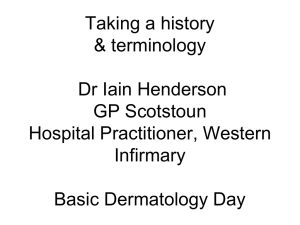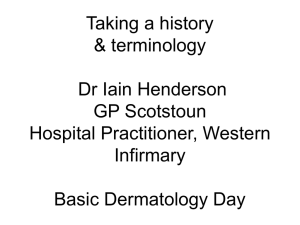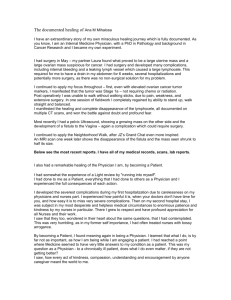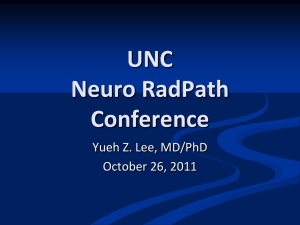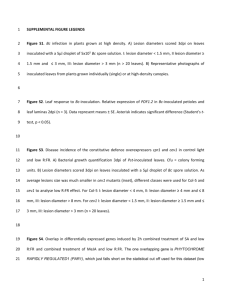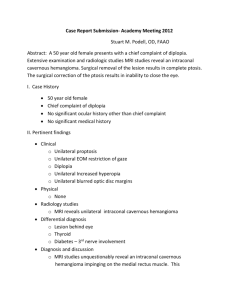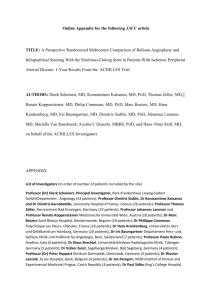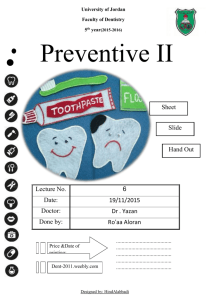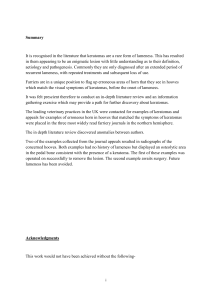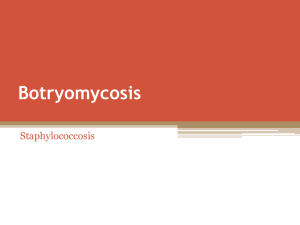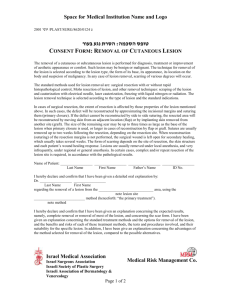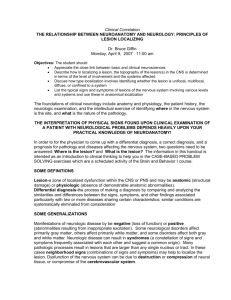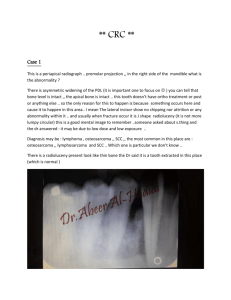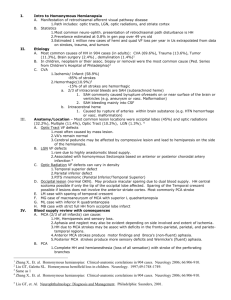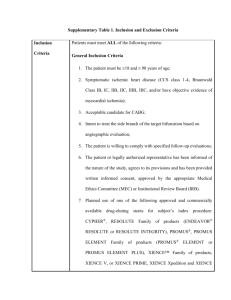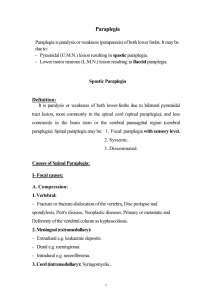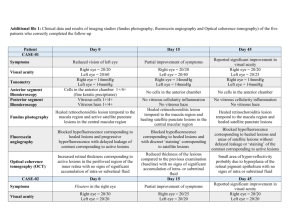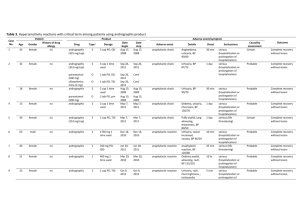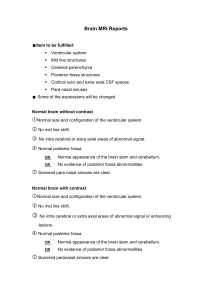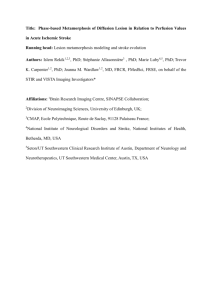outline24065
advertisement
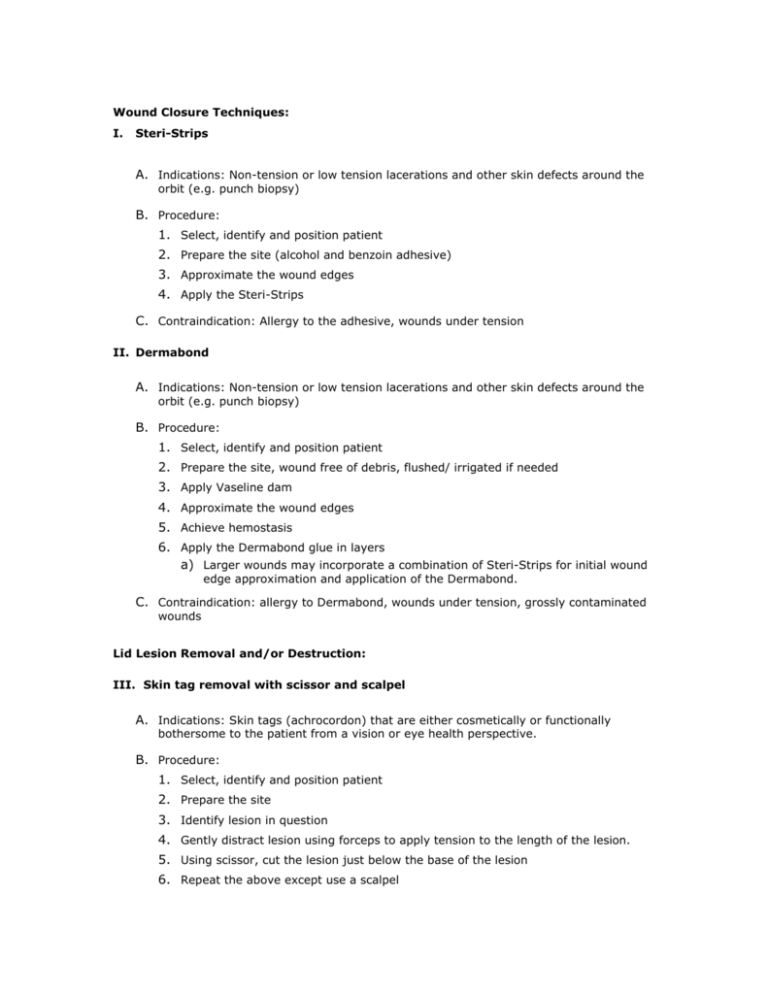
Wound Closure Techniques: I. Steri-Strips A. Indications: Non-tension or low tension lacerations and other skin defects around the orbit (e.g. punch biopsy) B. Procedure: 1. Select, identify and position patient 2. Prepare the site (alcohol and benzoin adhesive) 3. Approximate the wound edges 4. Apply the Steri-Strips C. Contraindication: Allergy to the adhesive, wounds under tension II. Dermabond A. Indications: Non-tension or low tension lacerations and other skin defects around the orbit (e.g. punch biopsy) B. Procedure: 1. Select, identify and position patient 2. Prepare the site, wound free of debris, flushed/ irrigated if needed 3. Apply Vaseline dam 4. Approximate the wound edges 5. Achieve hemostasis 6. Apply the Dermabond glue in layers a) Larger wounds may incorporate a combination of Steri-Strips for initial wound edge approximation and application of the Dermabond. C. Contraindication: allergy to Dermabond, wounds under tension, grossly contaminated wounds Lid Lesion Removal and/or Destruction: III. Skin tag removal with scissor and scalpel A. Indications: Skin tags (achrocordon) that are either cosmetically or functionally bothersome to the patient from a vision or eye health perspective. B. Procedure: 1. Select, identify and position patient 2. Prepare the site 3. Identify lesion in question 4. Gently distract lesion using forceps to apply tension to the length of the lesion. 5. Using scissor, cut the lesion just below the base of the lesion 6. Repeat the above except use a scalpel C. Relative contraindication: Bleeding disorder, anticoagulation therapy, allergy to anesthetic IV. Lid lesion destruction with dichloroacetic acid A. Indications: Similar as skin tag with addition of destruction of other types of soft tissue growths. B. Procedure: 1. Select, identify and position patient 2. Prepare the site 3. Apply Vaseline dam around the lesion 4. Using wooden tip applicator, apply a small amount of the solution to the lesion, with adequate volume to cause the surface to glisten 5. Stop the chemical reaction by application of neutralizing solution C. Contraindications: Allergy to the solution, pain intolerant, patient unable to understand the procedure and/or be able to cooperate. V. Hemostasis with low temp cautery A. Indications: Coagulation of lesions that continue to bleed after an invasive procedure (e.g. shave biopsy) B. Contraindications: none VI. Chalazion clamp placement and curetting A. Indications: Chalazion that has failed to resolve either with time, home treatment and/or steroid injection B. Procedure: 1. Select, identify and position patient 2. Prepare the site a) Identify the chalazion to be treated (for workshop we will use chicken and b) c) d) e) f) g) h) hominy or black eyed pea) (1) Loosen a piece of the chicken skin enough to allow placement of the clamp (2) Insert a small piece of hominy or black eyed pea to act as the lesion Position the lesion centrally within the clamp Apply mild pressure to keep clamp from sliding off of the target site Make an ‘x’ incision with a sharp tip of scalpel to open wound Using a 1 or 2 mm curette, scrape the lesion until it is smooth and slightly below the skin surface Use facial tissue, normal saline and cotton tip applicator to facilitate cleansing and removal of the lesion contents. Gently release pressure to the lesion Review of patient management post procedure will then occur. VII. Epilation with electrolysis. A. Indications: Trichiasis that has either failed simple epilation plucking technique, or a patient with distichiasis that irritate the cornea B. Procedure: 1. Select, identify and position patient 2. Coach the patient 3. Identify the lash in question (for workshop we will use chicken and identify the pin feathers for removal) a) Insert the epilation needle that is grounded and attached to the Birtcher hyfrecator. b) Short energy burst to coagulate the hair follicle c) Gently remove the needle, and the hair follicle d) Repeat as necessary.
